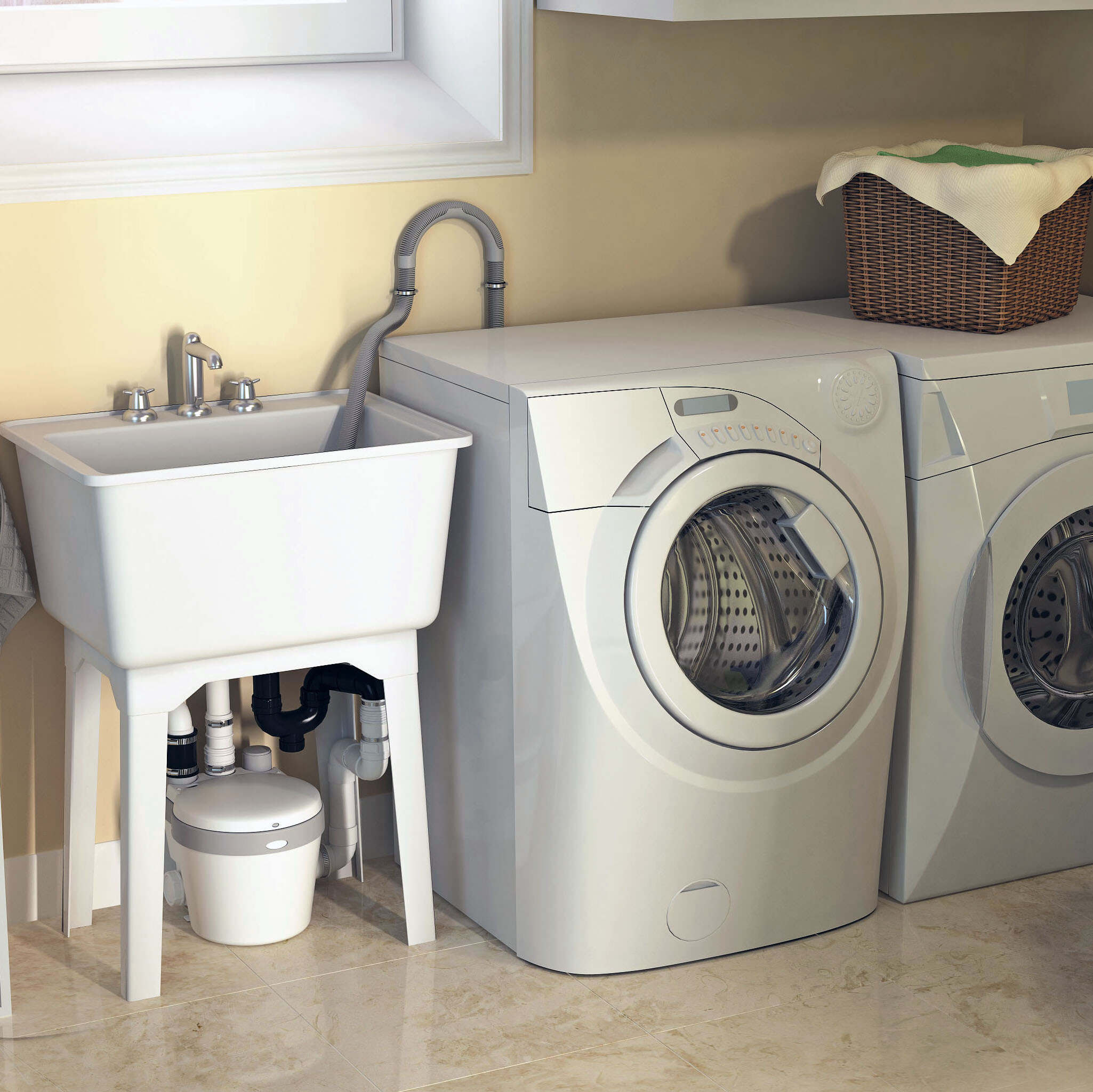

Articles
How To Install Sink In Laundry Room
Modified: May 6, 2024
Learn how to install a sink in your laundry room with our informative articles. Find step-by-step instructions and expert tips to complete this DIY project.
(Many of the links in this article redirect to a specific reviewed product. Your purchase of these products through affiliate links helps to generate commission for Storables.com, at no extra cost. Learn more)
Introduction
Installing a sink in your laundry room can be a game-changer. Not only does it provide a convenient space to wash and rinse items, but it also adds functionality and value to your home. Whether you’re a DIY enthusiast or a homeowner looking to make some improvements, installing a sink in your laundry room is a manageable project that can be accomplished with the right tools and guidance.
In this article, we’ll walk you through the step-by-step process of installing a sink in your laundry room. From determining the sink location to connecting the plumbing, we’ll cover all the essential aspects you need to know to successfully complete the installation. So, let’s roll up our sleeves and get started!
Before diving into the installation process, it’s important to note that the specific steps and requirements may vary depending on your sink and plumbing setup. It’s always a good idea to refer to the manufacturer’s instructions and consult with a professional if you encounter any difficulties along the way.
Now that we’ve got the basics covered, let’s move on to the first step: determining the sink location.
Key Takeaways:
- Installing a sink in your laundry room involves determining the ideal location, gathering essential tools and materials, preparing plumbing connections, and testing for leaks to ensure a functional and convenient addition to your home.
- Proper installation, attention to detail, and thorough testing are crucial for a successful sink installation. By following the step-by-step process and seeking professional help if needed, you can enjoy the added convenience and value of a well-installed sink in your laundry room.
Read more: Why Having Sink In Laundry Room
Step 1: Determine the sink location
The first step in installing a sink in your laundry room is to determine its location. This will depend on factors such as plumbing access, available space, and your personal preferences. Here are a few things to consider when choosing the right spot for your sink:
- Proximity to plumbing lines: Locate the sink as close as possible to existing plumbing lines to minimize the need for extensive modifications and ensure proper drainage.
- Available space: Take into account the size of your laundry room and the available space for the sink. Measure the area to ensure the sink will fit comfortably without overcrowding the room.
- Ergonomics: Consider the height and accessibility of the sink. Installing the sink at a comfortable height can prevent back strain and make it easier to use.
- Functionality: Think about how you plan to use the sink. Will it primarily be used for handwashing delicate garments or for more heavy-duty tasks like soaking and scrubbing? Adjust the location accordingly to optimize its functionality for your needs.
Once you’ve determined the ideal location for your sink, mark it on the wall or floor using a pencil or tape measure. This will serve as a guide during the installation process.
Now that you have chosen the perfect location for your sink, it’s time to move on to the next step: gathering the necessary tools and materials.
Step 2: Gather the necessary tools and materials
Before you begin the installation process, it’s important to gather all the necessary tools and materials. Having everything on hand will save you time and ensure a smoother installation. Here’s a list of the essential tools and materials you’ll need:
- Sink: Choose a sink that fits your laundry room space and meets your functional needs. There are various options available, such as drop-in sinks, undermount sinks, or utility sinks.
- Faucet: Select a faucet style and finish that complements your sink and matches your overall laundry room aesthetic.
- Plumbing materials: Depending on your existing plumbing setup, you may need PVC pipes, connectors, and fittings for the drain and water supply lines.
- Plumber’s tape: This thin tape helps create a watertight seal and prevents leaks. It’s essential for ensuring a secure and leak-free installation.
- Wrenches and pliers: You’ll need adjustable wrenches and pliers for tightening and securing various connections during the installation process.
- Screwdriver: A screwdriver will come in handy for removing existing fixtures or fastening screws during the installation.
- Measuring tape: Accurate measurements are crucial for determining sink placement and ensuring a proper fit.
- Silicone caulk: Silicone caulk is used to seal the edges of the sink, preventing water from seeping into the surrounding areas.
- Safety equipment: Don’t forget to wear safety goggles and gloves to protect yourself during the installation process.
Once you’ve gathered all the necessary tools and materials, you’re ready to move on to the next step: preparing the plumbing connections.
Step 3: Prepare the plumbing connections
Preparing the plumbing connections is a crucial step in the installation process. This involves ensuring that the existing plumbing is compatible with the sink and making any necessary adjustments. Here’s a detailed guide to help you prepare the plumbing connections:
- Turn off the water supply: Before you begin any work on the plumbing, it’s essential to shut off the water supply to your laundry room. Locate the shut-off valve and turn it clockwise until it’s fully closed.
- Remove existing fixtures (if applicable): If you’re replacing an old sink or any existing fixtures, you’ll need to remove them first. Use a screwdriver or wrench, as required, to disconnect the pipes and fixtures from the plumbing.
- Inspect the plumbing: Once the fixtures are removed, inspect the existing plumbing to ensure it’s in good condition. Check for any leaks, cracks, or signs of damage. If any issues are detected, it’s recommended to repair or replace the affected parts before proceeding.
- Measure and cut the drain pipe: Measure the height from the floor to the drain opening in the sink. Use a hacksaw or pipe cutter to cut the drain pipe to the appropriate length.
- Prepare the drain trap: Assemble the drain trap according to the manufacturer’s instructions. Ensure that all connections are secure and tightly fitted.
- Install the drain pipe: Connect the cut drain pipe to the drain trap. Use plumber’s tape on the threads to create a watertight seal. Tighten the connections with a wrench.
- Check the P-trap: Ensure that the P-trap is properly aligned and level. Adjust the connections as needed to achieve a proper fit.
- Connect the drain pipe to the main plumbing: Connect the other end of the drain pipe to the main plumbing line. Again, use plumber’s tape and tighten the connections securely.
Once you’ve prepared the plumbing connections, it’s important to check for any leaks or loose connections. Turn on the water supply temporarily and observe for any drips or leaks. Make any necessary adjustments to ensure a secure and leak-free installation.
With the plumbing connections prepared, it’s time to move on to the next step: installing the sink drain.
Step 4: Install the sink drain
The proper installation of the sink drain is essential to ensure efficient water drainage and prevent leaks. Follow these steps to install the sink drain:
- Apply plumber’s putty: Roll a small amount of plumber’s putty between your hands to form a snake-like shape. Apply the putty around the underside of the drain opening in the sink. This creates a watertight seal when the drain is installed.
- Insert the drain: Insert the drain assembly into the drain opening, making sure the putty is in contact with the sink. Apply gentle pressure to secure it in place.
- Tighten the drain: From underneath the sink, attach the washer and nut provided with the drain assembly. Use a wrench to tighten the nut snugly. Be careful not to overtighten, as it can cause damage to the sink.
- Connect the drain pipe: Connect the other end of the drain pipe to the drain outlet on the wall or floor. Ensure a secure connection using plumber’s tape and a wrench.
- Check for leaks: Turn on the water supply and let water flow through the drain pipe. Inspect for any leaks around the drain assembly and connections. If there are any leaks, tighten the connections or apply plumber’s tape as necessary.
Once you’ve installed the sink drain and ensured that there are no leaks, you’re ready to move on to the next step: positioning and securing the sink.
When installing a sink in the laundry room, make sure to properly measure the space and choose a sink that fits comfortably. Consider the plumbing and drainage requirements before beginning the installation process.
Read more: How To Install A Shower In A Laundry Room
Step 5: Position and secure the sink
Now that the plumbing connections are in place, it’s time to position and secure the sink in its designated location. Follow these steps to properly position and secure the sink:
- Place the sink: Carefully lift the sink and position it over the marked location in the laundry room. Ensure that the sink aligns with the drainpipe and water supply lines.
- Adjust the sink: Use a level to make sure the sink is level both horizontally and vertically. Make any necessary adjustments by adding shims under the sink as required to achieve a level position.
- Secure the sink: Once the sink is properly positioned and leveled, secure it in place. Depending on the sink design, you may use brackets, clips, or adhesive to secure the sink to the countertop or wall. Follow the manufacturer’s instructions for the specific sink model.
- Check for stability: Give the sink a gentle push and make sure it does not wobble or move. If there is any instability, adjust the securing method or add additional support to ensure stability.
Once the sink is properly positioned and securely in place, you can move on to the next step: connecting the water supply lines.
Note: If your sink requires any additional installation steps or if you’re using a sink with unique features, refer to the manufacturer’s instructions for precise guidance.
Step 6: Connect the water supply lines
Now that the sink is securely in place, it’s time to connect the water supply lines. Follow these steps to properly connect the water supply lines:
- Turn off the water supply: Before you begin connecting the water supply lines, make sure the water supply to the laundry room is turned off. Locate the shut-off valve and turn it clockwise until it’s fully closed.
- Attach the supply lines: Connect one end of the supply lines to the hot and cold water valves on the wall. Ensure a secure connection by tightening the nuts with an adjustable wrench.
- Connect the other end: Attach the other end of the supply lines to the corresponding inlet valves on the underside of the sink. Again, use an adjustable wrench to tighten the nuts and ensure a secure connection.
- Turn on the water supply: Once the supply lines are securely connected, turn on the water supply to the laundry room. Slowly open the shut-off valve and check for any leaks around the supply line connections.
- Inspect for leaks: Carefully inspect the connections for any leaks or drips. If you notice any leaks, tighten the connections further or consider using plumber’s tape to create a watertight seal.
Once you’ve connected the water supply lines and ensured that there are no leaks, you’re ready to move on to the next step: testing the sink for leaks.
Note: If your sink requires any additional steps or if you have specific instructions for connecting the water supply lines, refer to the manufacturer’s guidelines.
Step 7: Test the sink for leaks
After completing the installation and connecting the water supply lines, it’s crucial to test the sink for any potential leaks. Follow these steps to effectively test the sink:
- Ensure all connections are tightened: Before testing the sink for leaks, double-check that all the connections, including the drain and water supply lines, are securely tightened. This will help prevent any potential leaks during the testing process.
- Prepare a clean and dry sink: Clear the sink of any debris or materials and make sure it is dry. This will help you easily identify any water leaks during the testing phase.
- Slowly turn on the water supply: Gradually open the shut-off valve to allow water to flow into the sink. Monitor the sink closely for any signs of leakage around the drain, faucet, or water supply connections.
- Check for drips or puddles: Look for any drips or puddles forming around the sink area. Pay close attention to the drainpipe and faucet connections. Allow the water to run for a few minutes to ensure a thorough test.
- Inspect underneath the sink: After running water for some time, carefully check underneath the sink. Look for any signs of moisture or water accumulation. If you notice any dampness or leaks, determine the source and tighten the connections as necessary.
- Fix any leaks: If you encounter any leaks during the testing phase, quickly address them. Tighten the loose connections, use plumber’s tape, or apply silicone caulk to seal any gaps or areas where water may be escaping. Repeat the testing process to ensure the leaks are successfully resolved.
By thoroughly testing the sink for leaks, you can ensure a properly installed and functional addition to your laundry room. Once you are confident that there are no leaks and the sink is functioning as expected, you can proceed to the final step: finishing the installation.
Note: If you continue to experience leaks or encounter any difficulties during the testing phase, it is advisable to seek assistance from a professional plumber.
Step 8: Finish the installation
With the sink successfully installed, the final step is to complete the finishing touches. Follow these steps to ensure a polished and functional installation:
- Seal around the sink: Apply a bead of silicone caulk around the edge of the sink where it meets the countertop or wall. Smooth the caulk with a caulk finishing tool or your finger to create an even and watertight seal. This helps prevent water from seeping into the surrounding areas.
- Clean up: Wipe down the sink and surrounding areas, removing any excess caulk or debris. Use a mild cleaner to ensure a clean and polished finish.
- Reinstall any fixtures or accessories: If you removed any fixtures or accessories during the installation, now is the time to reinstall them. This includes attaching the faucet properly, mounting soap dispensers, or installing a sink strainer if needed.
- Test functionality: Turn on the faucet and check that the water flows smoothly and efficiently. Test the drain by filling the sink with water and ensuring it drains properly without any clogs or slow drainage.
- Make any final adjustments: If necessary, make any final adjustments to the sink position, faucet tightness, or any other elements to ensure optimal functionality and aesthetics.
- Clean up and admire your newly installed sink: Give the entire area one last clean up, removing any debris or tools used during the installation process. Step back, admire your hard work, and enjoy your new sink in your laundry room!
Congratulations on successfully installing a sink in your laundry room! With meticulous attention to detail and proper installation, your sink will serve you well for years to come.
Note: If you encounter any issues or have questions during the installation process, don’t hesitate to consult professional help or refer to the manufacturer’s guidelines for specific sink models.
Read more: How To Install Cabinets In Laundry Room
Conclusion
Installing a sink in your laundry room can greatly enhance its functionality and convenience. By following the step-by-step process outlined in this guide, you can successfully install a sink that meets your needs and adds value to your home.
We covered the essential steps, from determining the sink location to connecting the water supply lines. By carefully preparing the plumbing connections, installing the sink drain, and securing the sink in its designated location, you can ensure a secure and leak-free installation.
Remember to test the sink for any potential leaks and make any necessary adjustments before finishing the installation. By applying silicone caulk to create a watertight seal and reinstalling any fixtures or accessories, you can complete the finishing touches and enjoy a fully functional sink.
Throughout the process, it’s important to refer to manufacturer’s instructions and consult with a professional if needed. Proper installation and attention to detail will ensure the longevity and performance of your sink.
Now, you’re ready to tackle the installation of a sink in your laundry room. Enjoy the added convenience and functionality that a sink brings, and make laundry chores a breeze!
Ready to tackle more do-it-yourself projects? Discover why engaging in DIY projects can be rewarding and cost-effective. If you've enjoyed setting up your laundry sink, you might want to try fitting a new sink installation next. Maintaining your home doesn't have to be a chore. Learn essential home maintenance to keep your space running smoothly. Each guide offers straightforward, practical advice that can help you enhance your living environment.
Frequently Asked Questions about How To Install Sink In Laundry Room
Was this page helpful?
At Storables.com, we guarantee accurate and reliable information. Our content, validated by Expert Board Contributors, is crafted following stringent Editorial Policies. We're committed to providing you with well-researched, expert-backed insights for all your informational needs.
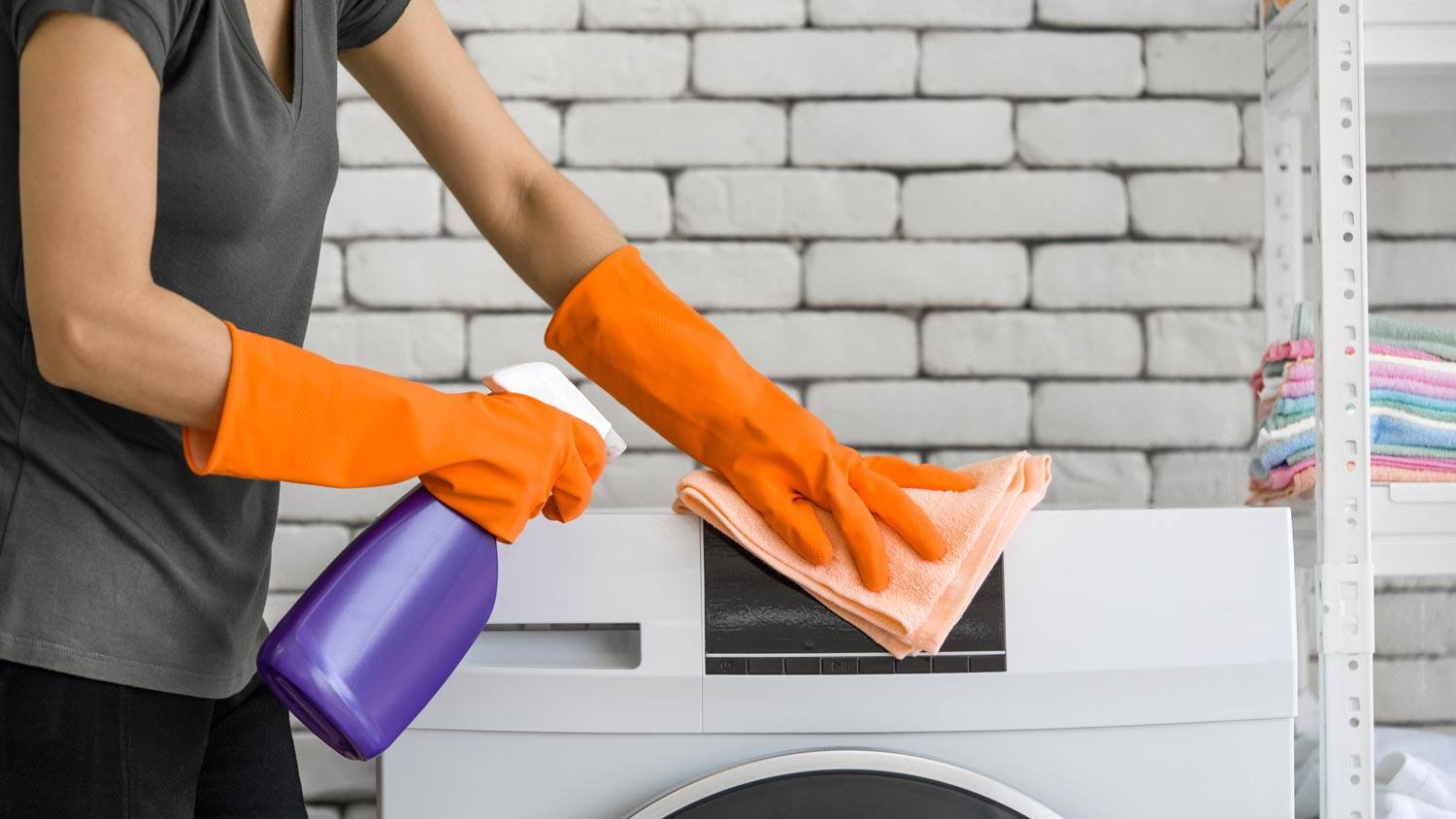
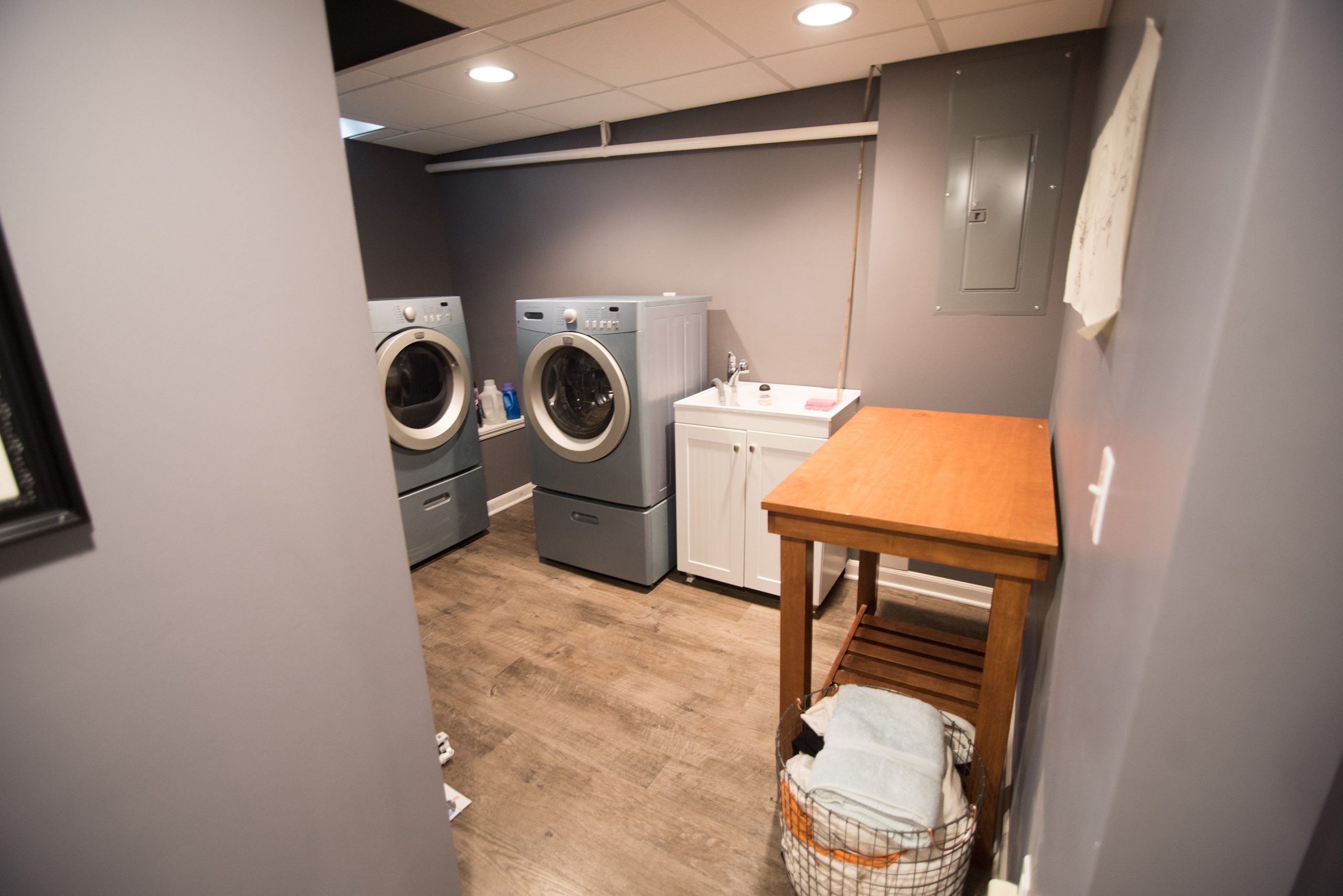
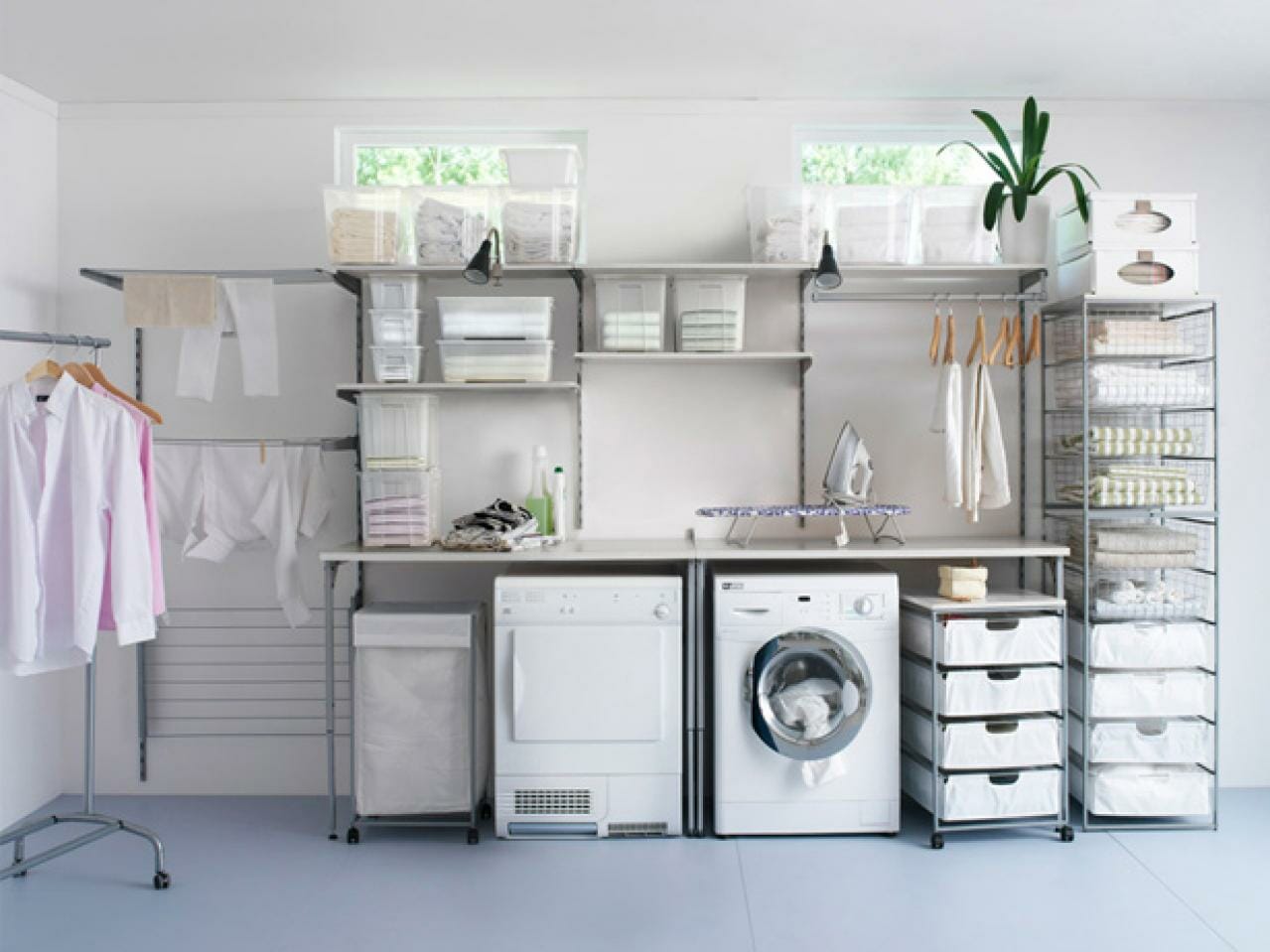
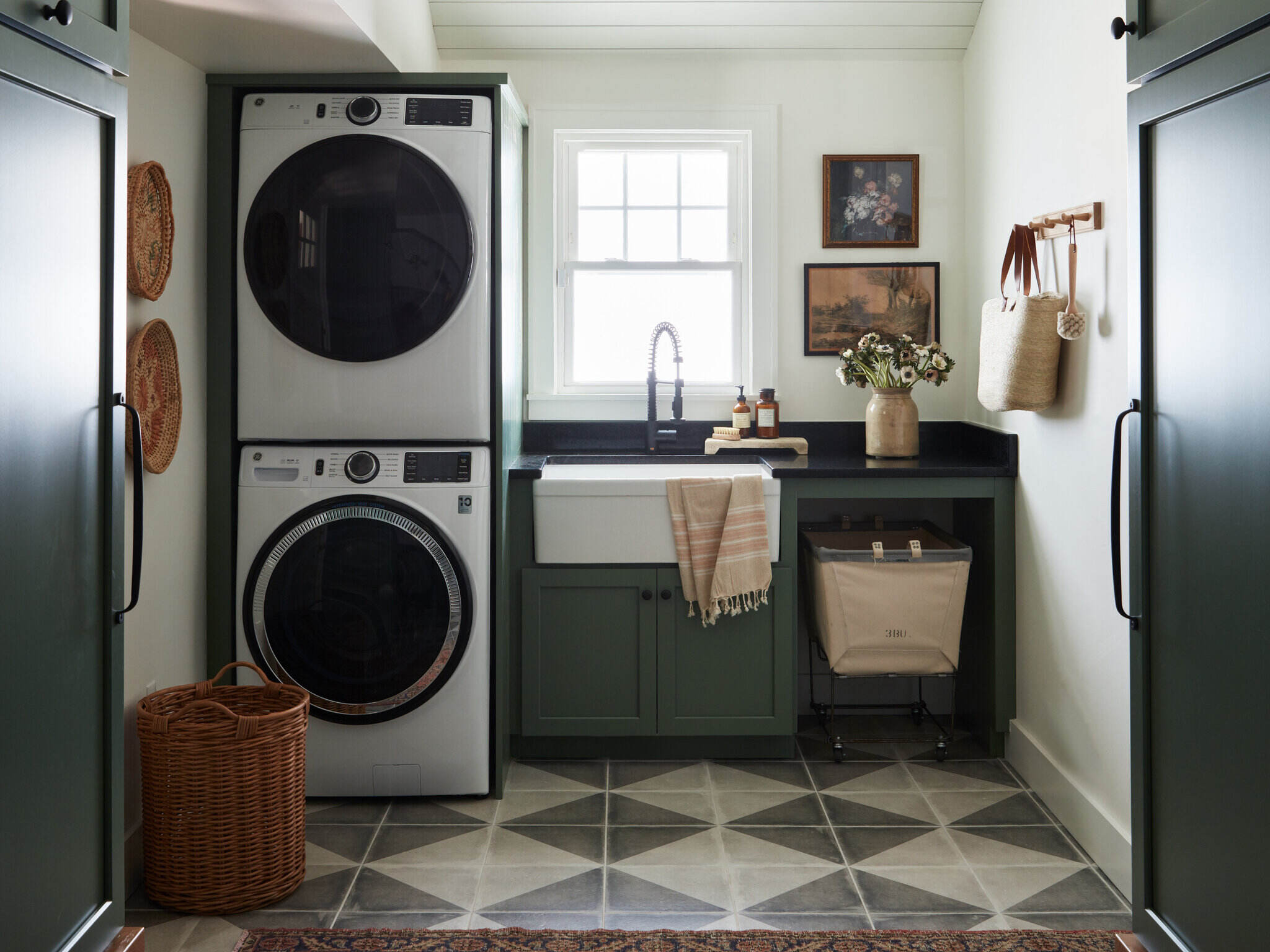
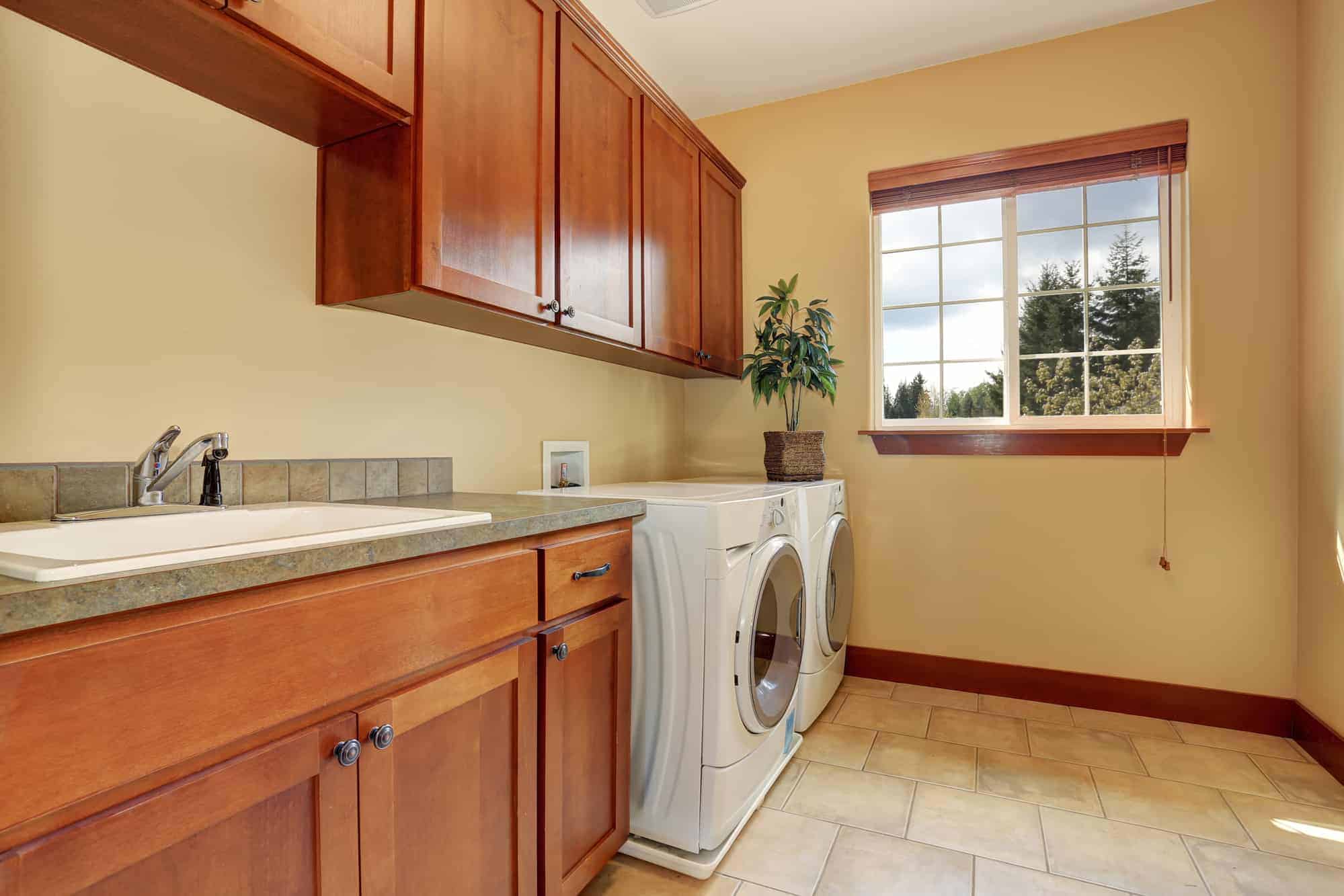
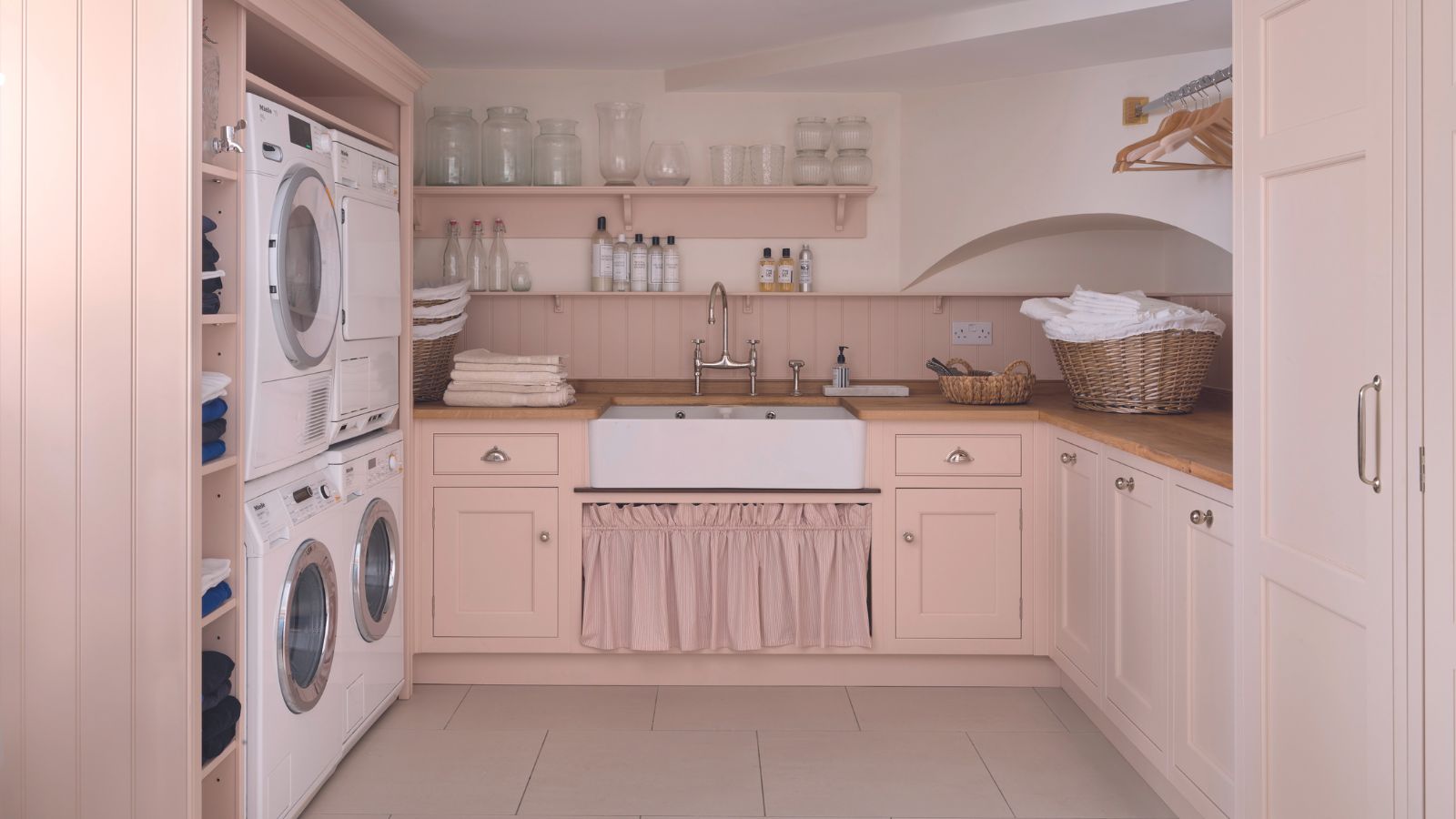
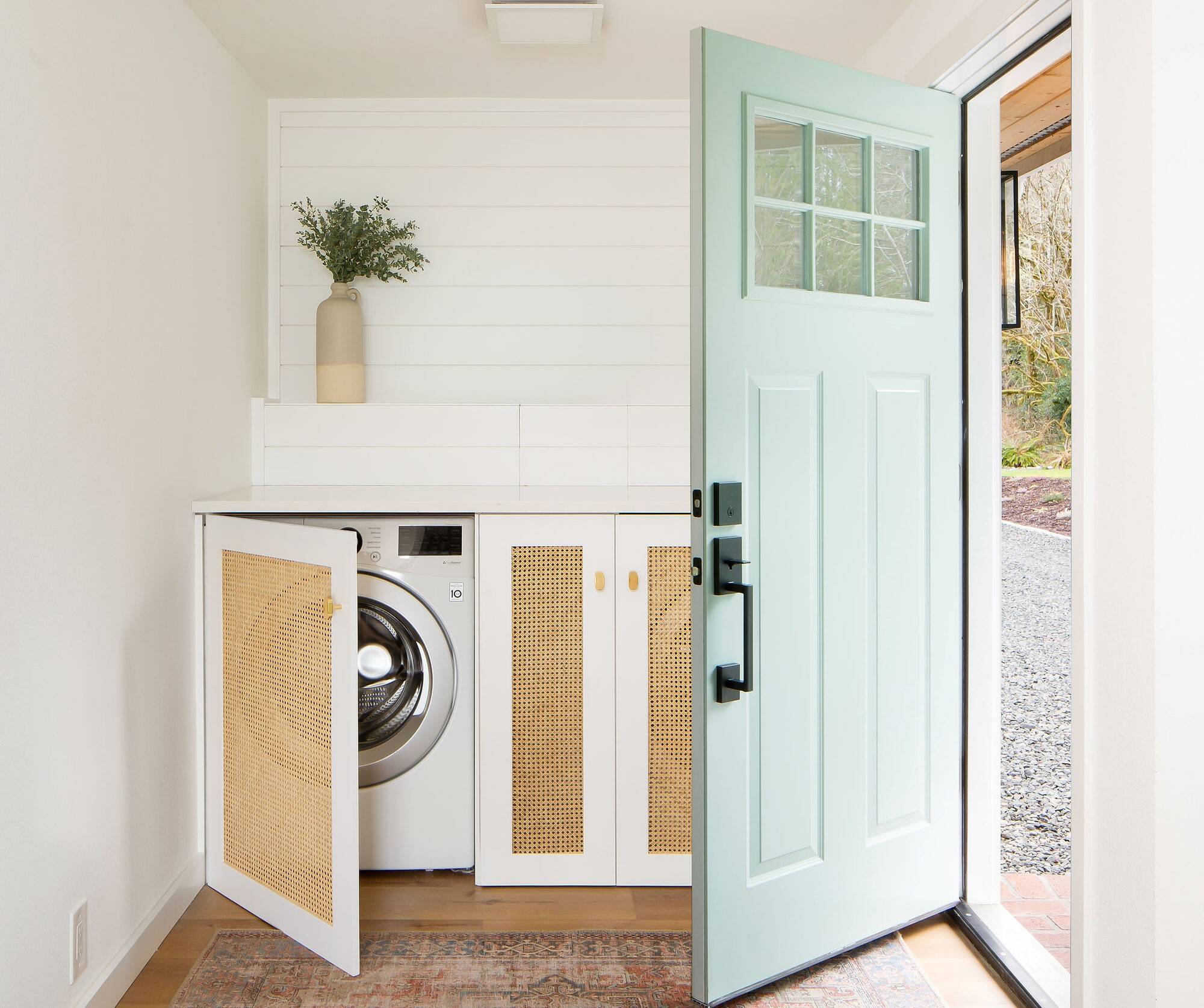
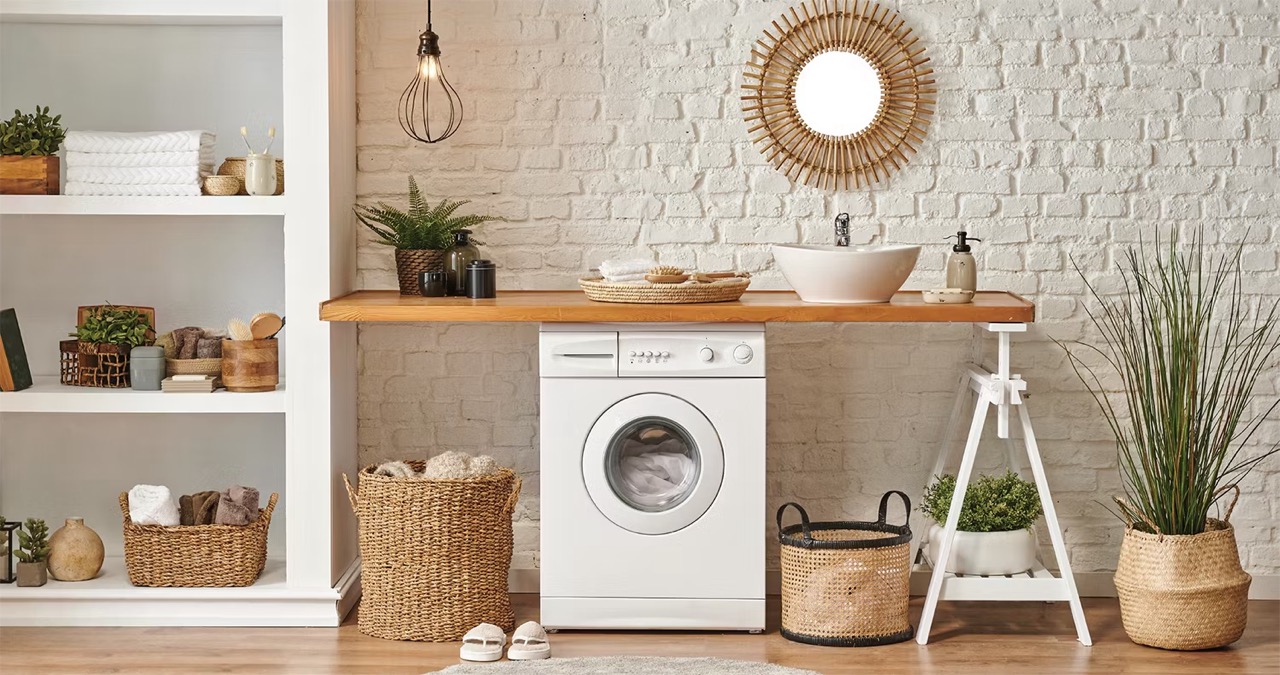
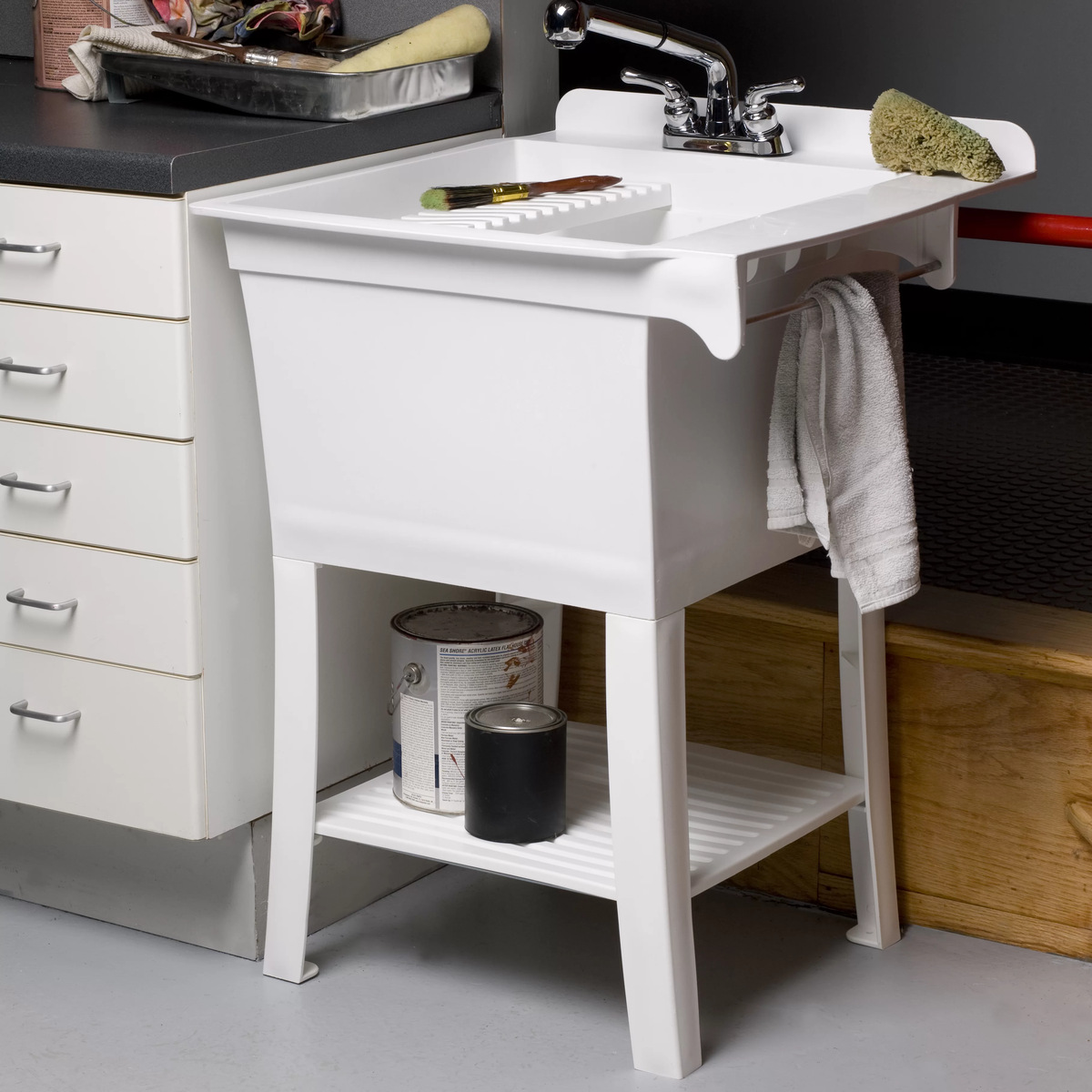

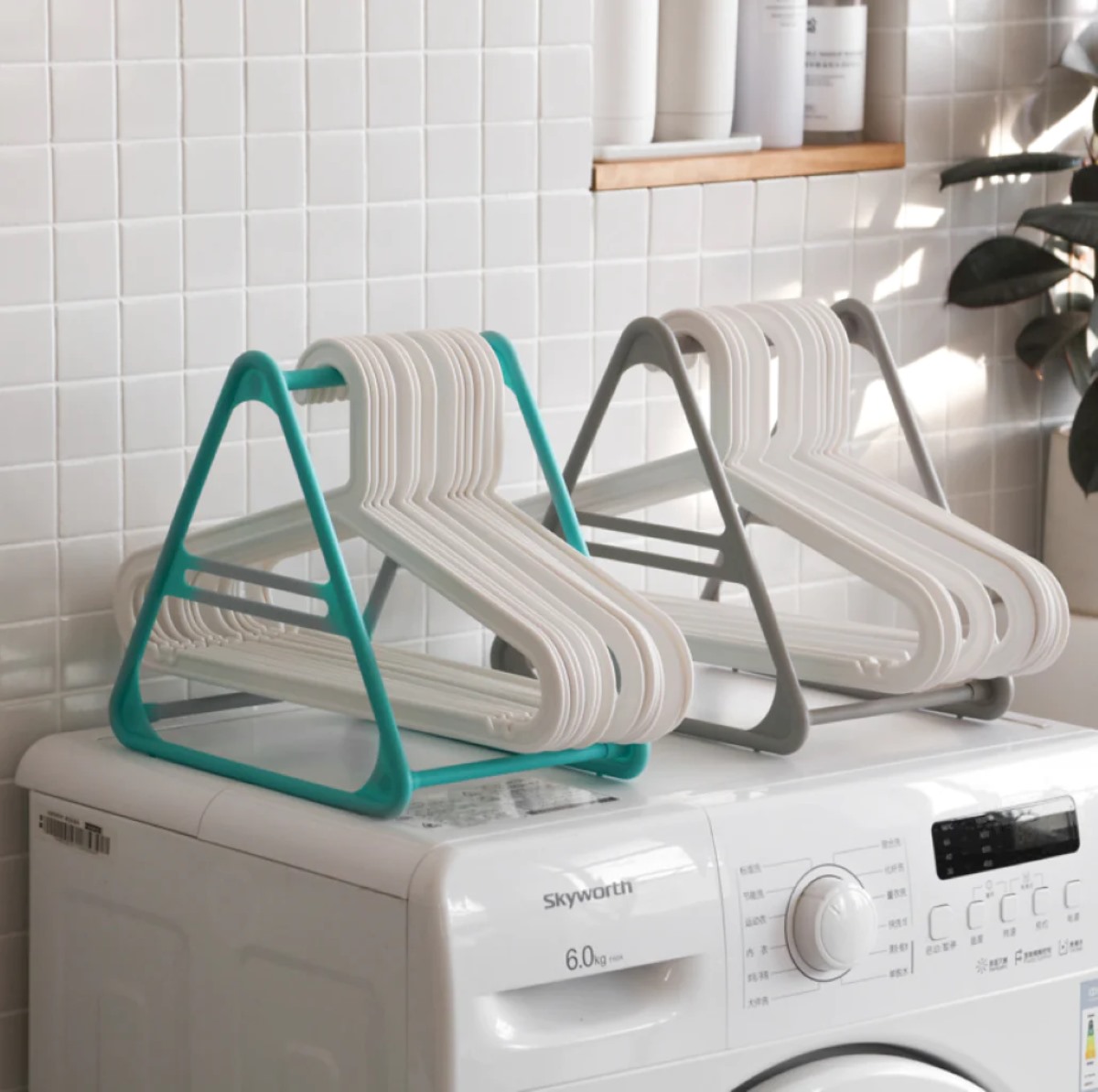
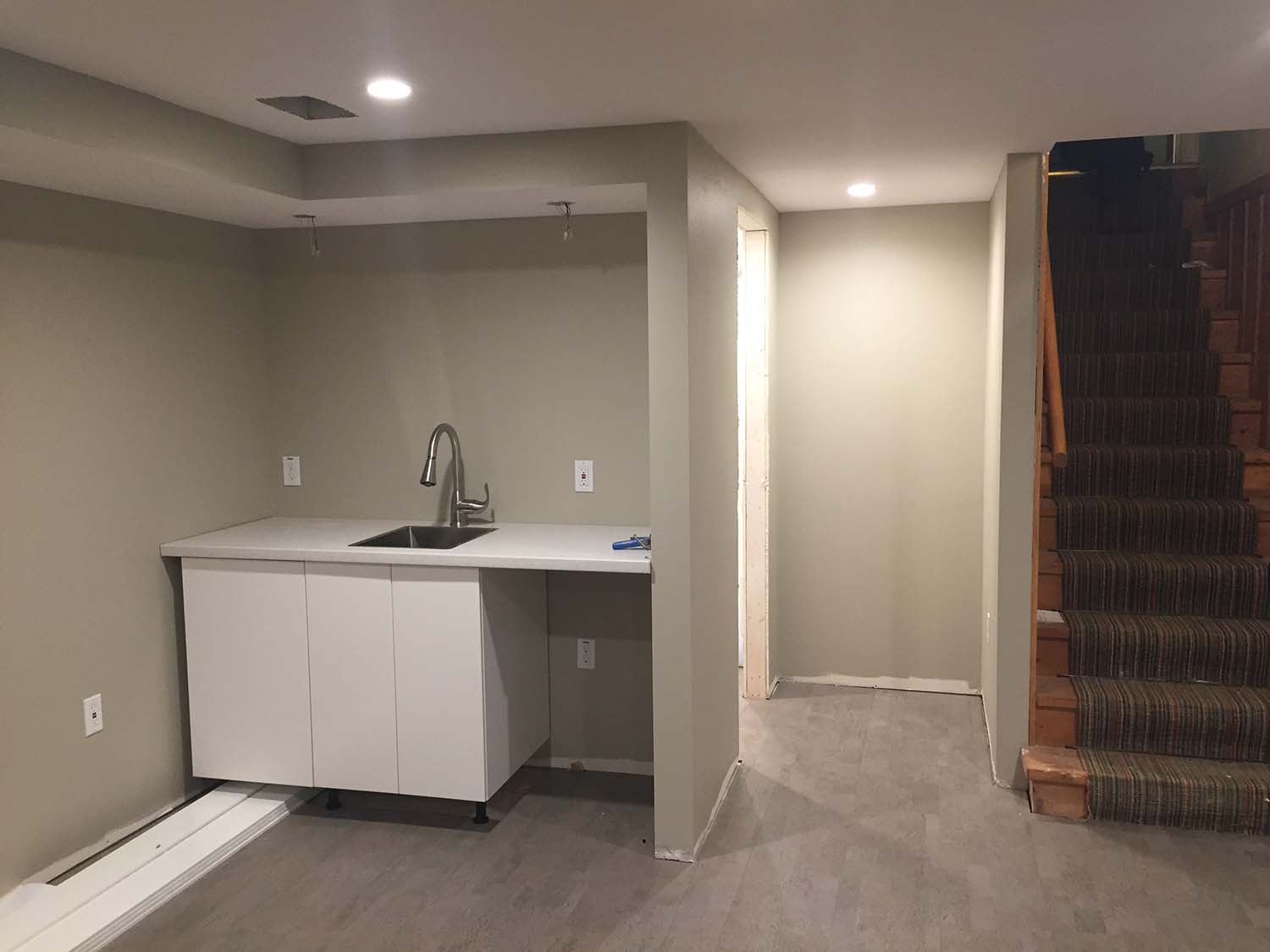
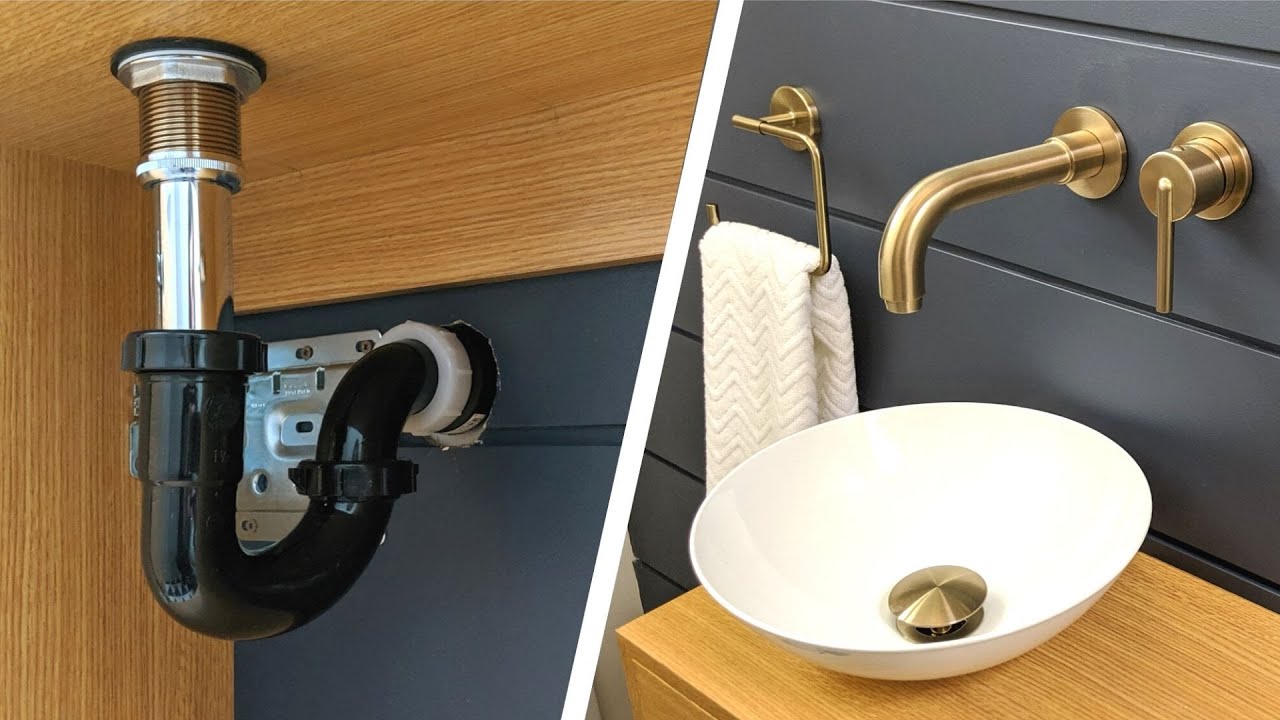

0 thoughts on “How To Install Sink In Laundry Room”